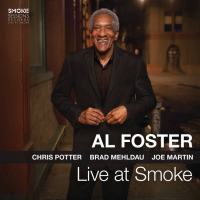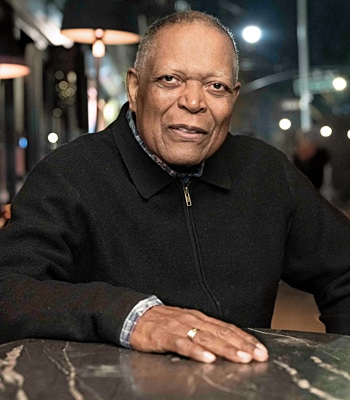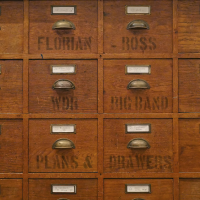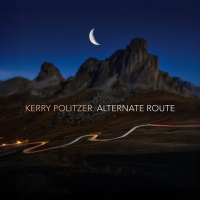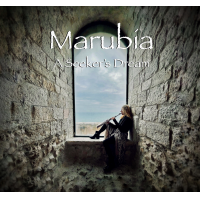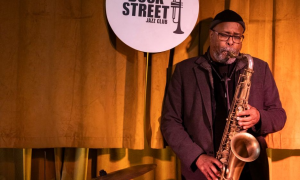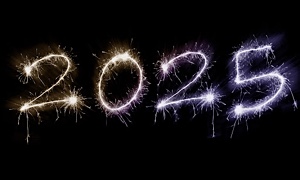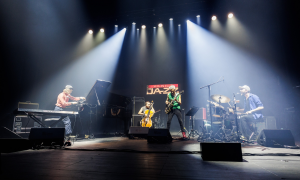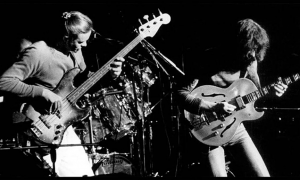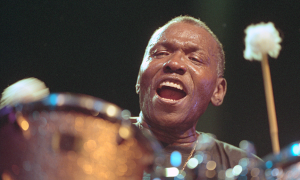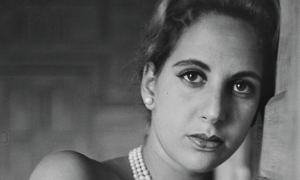Home » Jazz Articles » Live Review » Jazz and Place: A Symposium and Walking Tour
Jazz and Place: A Symposium and Walking Tour
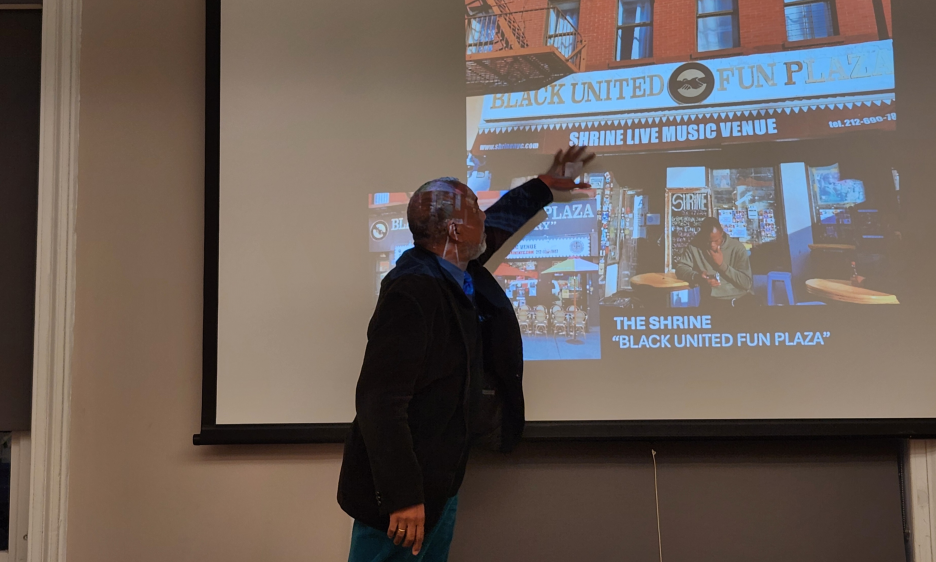
Courtesy Paul Reynolds
The routes we travel and the rooms in which we listen become part of the living geography of jazz.
—Tom Wetmore, Columbia University
The Center for Jazz Studies at Columbia University
Symposium and walking tour
New York, NY
November 14, 2025
The roots of jazz in New Orleans; nascent big band in Kansas City; bebop in the clubs of New York and, later, freer sounds from downtown industrial lofts. The impetus for jazz has arisen not only from specific artists and record labels but from milieus—the cities, neighborhoods, subcultures, and venues from which the music emerged.
A day-long symposium at Columbia University's Center for Jazz Studies, hosted by CJS director Tom Wetmore, explored the rootedness of this uniquely American music. A diverse lineup of scholars made presentations on jazz and place, before the event moved from theory to reality with a field trip to Harlem.
At the heart of the day was how jazz arises within certain places, and is then enriched or otherwise altered by those settings. As with the contours of a jazz improvisation, the evolution of local music can be less than linear. A case in point:, Matt Sakakeeny of Tulane University explained how New Orleans marching bands began with vernacular rhythms like the clave, which originated in West Africa, but then gravitated to a more traditional 4-4 feel—before again returning to vernacular rhythms during the Big Easy's brass-band renaissance of the 1980s.
The evolution of African music in its new American home was also addressed by Whitney Slaten of Bard College, With help of video and audio examples, he traced the evolution of traditional ring shouts, in which participants rhythmically shuffled their feet, to the syncopations of stride pianist James P. Johnson, Count Basie, and even hip-hop star Timbaland.
When it comes to jazz, or any other art form, place is not just the milieu out of which the expression arises, but how the artistic output interacts with the venues and communities. Several presentations explored these interactions.
Kimberly Hannon Teal of the University of North Texas (author of Jazz Places: How Performance Spaces Shape Jazz History—University of California Press, 2021) contrasted two jazz festivals—the touristy New Orleans Jazz & Heritage Festival and the less glitzy Detroit Jazz Festival. Each festival reflects differing perspectives, artistic and otherwise, about their home city. The Motor City celebration is a rarity: a major jazz festival that remains exclusively committed to jazz. That said, Hannon Teal noted the controversies in Detroit over whether that commitment to jazz should be loosened, to better meet populist taste, and over who defines what styles and artists "jazz" encompasses.
Where Detroit's audience is largely local and free of charge, the New Orleans event has hefty ticket prices and actively aims to attract visitors through such headliners as The Rolling Stones and Elton John —creating, Hannon Teal argues, a "Robin Hood-like model that maximizes income from wealthy tourists to bring money into an impoverished local economy." The NOLA festival's primary location, an enclosed fairground, deepens the divide between the event and its residents, she said, including those in nearby neighborhoods where jazz first arose in New Orleans, like Treme.
The interplay of race, place, and jazz also featured in several presentations this reporter was not able to attend, but which were described in the event's program. Kelsey Klotz of the University of Maryland also added gender tensions to the mix with a presentation—drawing from work by Terri Lyne Carrington at the Berklee Institute of Jazz and Gender Justice—that traced what they describe as a "jazz patriarchy" in a media place—the pages of Downbeat, from the 1930s to 1970s. The upshot of the coverage: "women, once viewed as jazz commodities, [were] pushed further out of the jazz limelight."
An interaction of jazz and a key cultural institution was the topic tackled by Chrystie Jay Wells of Arizona State University. Wells tracked a tension in the late 1960s between the Smithsonian and DC's Anacostia neighborhood, before the 1971 appointment of jazz critic Martin Williams yielded the creation of a more inclusive approach under the institution's American Culture Program.
The loft scene of 1970s and 1980s New York offers an especially instructive interplay between jazz and place. The repurposed industrial spaces in downtown Manhattan allowed musicians to take command of where they work, which in turn gave them control over—and influenced the shape of—their music. In his talk on jazz in improvised spaces, Michael Heller of Brandeis University pointed out that lofts, typically located in otherwise abandoned buildings, allowed sets to be untethered in length and volume—eventually spurring sustained high-intensity "energy jazz" whose characteristics sometimes taxed even the most open-eared of loft listeners.
As the end to the program approached, the focus increasingly tightened to Harlem, which lies just north of Columbia's campus. Historian John T. Reddick surveyed the Harlem hotspots in which jazz flourished, especially during the Harlem Renaissance of the 1920s and 1930s. The sadness of the now-defunct places he catalogued was offset, at least a little, by venues where Harlem's jazz tradition still lives on. Those include casual and unassuming house concerts such as 555, a Saturday afternoon gathering in an Edgecombe Avenue apartment and such clubs as The Shrine, whose offerings mix jazz with music from other genres.
The mix of nostalgia and vibrancy continued as symposium attendees hit the streets of Harlem to visit places old and new, including seeing a set by Harlem jazz stalwart Patience Higgins at Patrick's Place restaurant. Led by the exuberant Amanda Humes, the tour also took in the site of the one-time Lenox Lounge —which has closed, alas, and is now a bank—and the one-time Swing Street, on West 133rd between Lenox and Seventh, where jazz endures at Bill's Place, which is located in the one-time speakeasy where Billie Holiday was discovered in 1933.
Yet the tour's highlights may have been its spontaneous indications of how much the places of jazz still matter to those who live in Harlem. As Humes held forth on Swing Street outside the former site of the Nest Club, the legendary Prohibition-era cabaret, the owner of a nearby store who was closing up chimed in with his own list of the club's legendary attractions. Another random local cheerleader spoke up as the group was standing kitty corner from the one-time Hotel Theresa, at 125th and Adam Clayton Powell Jr. Boulevard, built in 1912 and once known as the Waldorf Astoria of Harlem. "Did you talk about the Hotel Theresa?" the passerby asked Hume, pointing up at the penthouse ballroom, managed by bandleader Andy Kirk, that once reigned as a center of African American culture.
These encounters only underline how the jazz places of the past stay alive not only through documentation and scholarly study, but the enduring respect and memory of those in the community from which they arose.
Tags
Live Review
Paul Reynolds
United States
New York
New York City
James P. Johnson
Count Basie
New Orleans Jazz & Heritage Festival
detroit jazz festival
The Rolling Stones
Elton John
Terri Lyne Carrington
Patience Higgins
Patrick's Place
Lenox Lounge
Andy Kirk
PREVIOUS / NEXT
Support All About Jazz
 All About Jazz has been a pillar of jazz since 1995, championing it as an art form and, more importantly, supporting the musicians who make it. Our enduring commitment has made "AAJ" one of the most culturally important websites of its kind, read by hundreds of thousands of fans, musicians and industry figures every month.
All About Jazz has been a pillar of jazz since 1995, championing it as an art form and, more importantly, supporting the musicians who make it. Our enduring commitment has made "AAJ" one of the most culturally important websites of its kind, read by hundreds of thousands of fans, musicians and industry figures every month.
Go Ad Free!
To maintain our platform while developing new means to foster jazz discovery and connectivity, we need your help. You can become a sustaining member for as little as $20 and in return, we'll immediately hide those pesky ads plus provide access to future articles for a full year. This winning combination vastly improves your AAJ experience and allow us to vigorously build on the pioneering work we first started in 1995. So enjoy an ad-free AAJ experience and help us remain a positive beacon for jazz by making a donation today.Near
New York City Concerts
Dec
12
Fri












